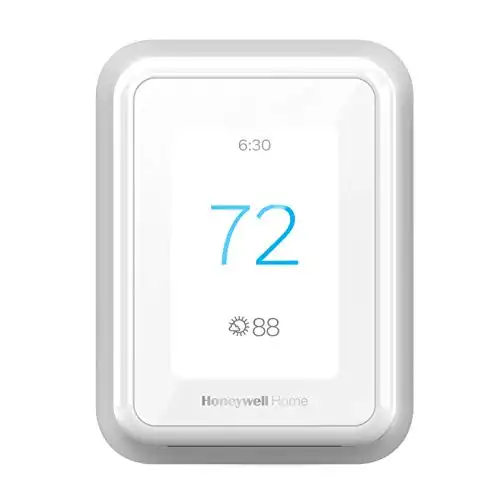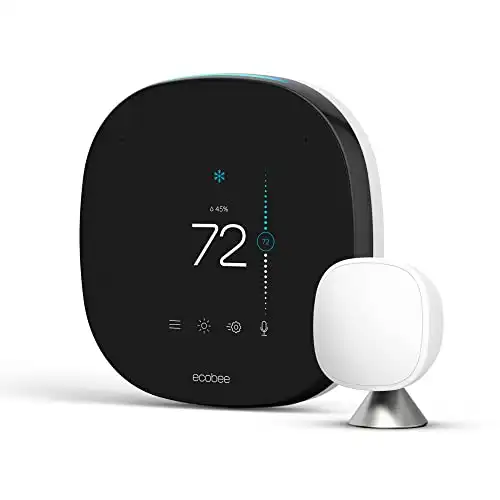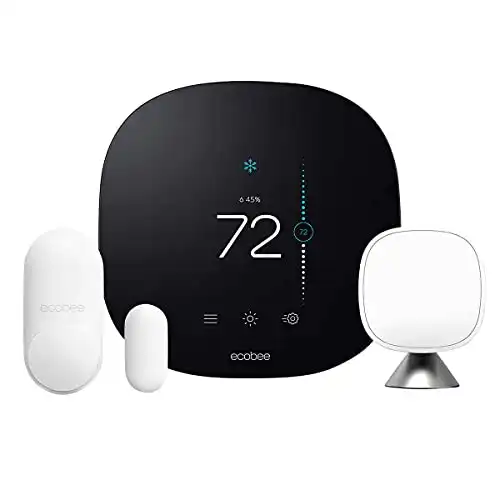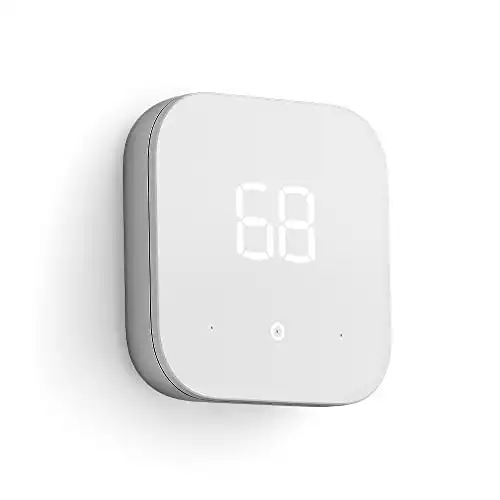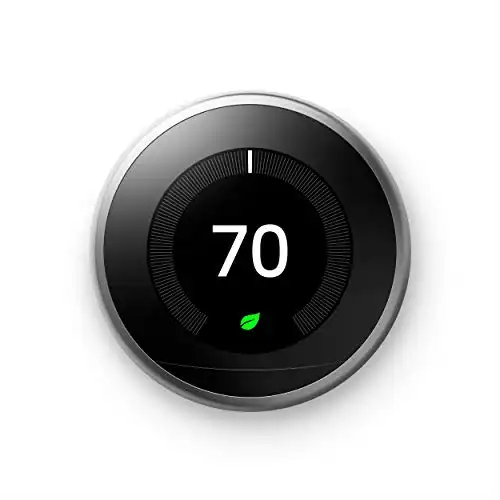Smart thermostats have become increasingly popular as homeowners look for ways to save on energy bills and reduce their carbon footprint. These advanced devices offer a variety of features that allow users to control their home’s heating and cooling systems more efficiently, ultimately leading to energy and cost savings. In this comprehensive guide, we will explore the benefits of smart thermostats, how they work, and how to choose the right one for your home.

What is a Smart Thermostat?
A smart thermostat is a device that allows you to control your home’s heating and cooling systems remotely, either through a smartphone app, a web interface, or a voice-controlled assistant like Amazon Echo or Google Home. Smart thermostats are equipped with advanced features such as learning algorithms, occupancy sensors, and geofencing, which enable them to optimize your home’s temperature settings for maximum energy efficiency and comfort.
The Best Smart Thermostats
Honeywell is a name well-known in thermostats: their gold-colored circular thermostats are a common sight in older homes. While Resideo manufactures the Honeywell Home line, these smart thermostats are as reliable as the old ones, and the T9 is one of the most popular models.
Like the more expensive thermostats, the T9 can detect when you’re home and away. Combined with optional temperature sensors, it can heat and cool your house as efficiently as more expensive models. Everything you need is in the box, and installation isn’t complicated.
Voice Assistants like Amazon Alexa and Siri are becoming ubiquitous, so we’re not surprised that there’s a smart thermostat with both built-in, like the Ecobee SmartThermostat with Voice Control. Alexa is available without additional hardware, while Siri requires a HomePod on your network to work. You can add sensors to detect when a window is open to shut off the HVAC unit automatically, and the included temperature sensor allows you to monitor the temperature in other rooms.
If you’d like to extend voice control into the room where your thermostat is located, this is one way to kill two birds with one stone in your smart home setup.
Think of the ecobee3 lite smart thermostat as the entry-level model in the ecobee line. It doesn’t include the built-in voice assistant capabilities, making it a bit cheaper. We recommend stocking up on the optional accessories, which allow you to use all the features of your ecobee smart thermostat.
Honeywell Home has teamed up with Amazon to introduce the Amazon Smart Thermostat. Alexa handles all the programming for you, and obviously, you control your thermostat using your Alexa speaker. This is a brand new device, so we don’t have much information. However, early reviews are positive, and at just $60, it’s the least expensive smart thermostat on our list.
Mysa is a lesser-known and newer smart thermostat on the market, however, we’re big fans of their minimalist design, which perfectly suits the modern home. The minimalism doesn’t extend to the capability of the Mysa Smart Thermostat, with advanced features including Apple HomeKit, Google Assistant, and Amazon Alexa support, and the ability to schedule the operation of your HVAC system. There are versions available for electric in-floor and baseboard heating.
Other Good WiFi Thermostats
You might call the Google Nest Learning Thermostat the grandaddy of smart thermostats. The design has remained the same through three generations, but the thermostat has improved. While you can program the Nest Learning Thermostat just like any other smart thermostat, it’s better to use your thermostat as you usually would.
Over time, the thermostat learns your heating preferences and adjusts the temperature accordingly. We recommend picking up the optional temperature sensors, allowing your thermostat to work more efficiently. It even knows when you’re at home and when you’re not, shutting off your HVAC system to save money.
Google Nest Thermostat is essentially an updated version of the Nest Thermostat E, which was intended to be a cheaper alternative to the pricey Nest Learning Thermostat. While you can still program heating and cooling schedules, and the Nest Thermostat has the same geofencing capabilities as the Learning Thermostat, you lose the learning capabilities. That might not be that big of a deal for some of us.
Any of our recommendations above for the best smart thermostats are solid, but we recommend the Nest Learning Thermostat as it’s the best overall value, in our opinion. While it’s one of the more expensive smart thermostats out there, it’s also one of the best regarding the “smart” side. They should, too: the Nest Learning Thermostat is one of the original smart thermostats.
Over time, the Nest Learning Thermostat becomes very good at anticipating your heating and cooling needs. After the initial training period, owners tell us that they rarely touch the thermostat. If you don’t need the advanced learning capabilities, choose the Nest Thermostat instead, which helps you save money on your utility bills.
We’ve also heard many great things about the Ecobee Smart Thermostat, especially the version with Alexa built-in.
As we said, competition is fierce between the best smart thermostats on the market, so we’d recommend any of the above smart thermostats if you’re looking. Every device in our recommendations is a solid performer.
Benefits of Smart Thermostats
Smart thermostats offer several advantages over traditional thermostats, including:
Energy Savings
One of the primary benefits of a smart thermostat is its potential to save energy. By learning your schedule and preferences, a smart thermostat can automatically adjust the temperature settings in your home to ensure optimal comfort and energy efficiency. According to the U.S. Department of Energy, you can save up to 10% yearly on heating and cooling costs by adjusting your thermostat down 7-10 degrees Fahrenheit for 8 hours a day.
Cost Savings
Lower energy consumption translates to lower utility bills. While the initial cost of a smart thermostat may be higher than a traditional thermostat, the potential energy and cost savings can quickly offset the difference. Many users report seeing a return on their investment within the first year or two of use.
Convenience
Smart thermostats offer unparalleled convenience, allowing you to control your home’s temperature settings from anywhere with an internet connection. This can be particularly useful for individuals with busy schedules or those who travel frequently. They can adjust their thermostat settings remotely to save energy while they’re away and ensure a comfortable home environment upon their return.
Enhanced Comfort
Smart thermostats can help create a more comfortable living environment by learning your preferences and adjusting the temperature accordingly. This can help maintain a consistent temperature throughout your home, reducing hot or cold spots and improving overall comfort.
Integration with Other Smart Home Devices
Many smart thermostats can be integrated with smart home devices, such as smart lighting, security systems, and voice-controlled assistants. This integration allows for a more seamless and connected home automation experience, giving you even more control over your home’s energy efficiency and comfort.
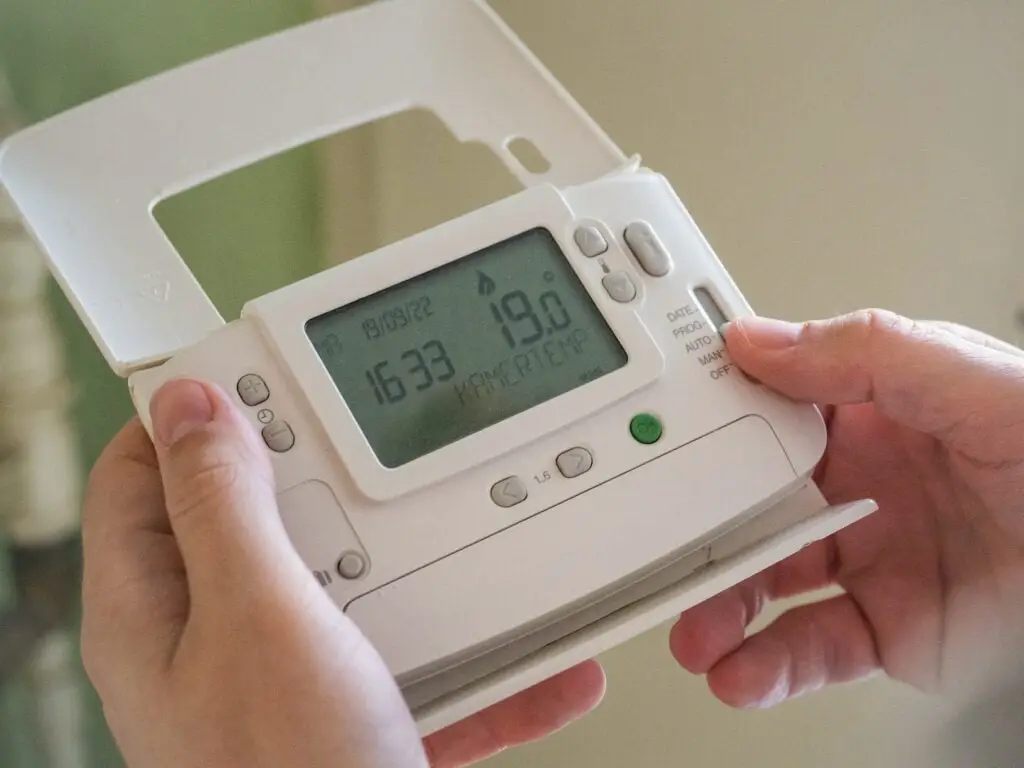
How Smart Thermostats Save Energy and Money
Smart thermostats use advanced features and technologies to optimize your home’s temperature settings for maximum efficiency and comfort. Here’s how they work to save energy and money:
- Learning Algorithms: One of the key features of many smart thermostats is their ability to learn your schedule and preferences over time. By monitoring your adjustments to the thermostat, these devices can create a personalized schedule that automatically adjusts the temperature settings throughout the day based on your habits and preferences. This ensures that your home is not being heated or cooled unnecessarily when you’re not there, leading to energy savings and lower utility bills.
- Occupancy Sensors: Some smart thermostats have occupancy sensors that detect when you’re home or away. When the sensors detect that no one is home, the thermostat can automatically adjust the temperature settings to save energy. Conversely, when the sensors detect someone at home, the thermostat can adjust the temperature to ensure a comfortable living environment.
- Geofencing: Geofencing is a feature that uses your smartphone’s location data to determine whether you’re home or away. By setting a virtual boundary around your home, a smart thermostat can automatically adjust the temperature settings based on your proximity to your residence. For example, when you leave the geofenced area, the thermostat can lower or raise the temperature to save energy. As you return, it can adjust the settings to ensure a comfortable temperature upon arrival.
- Weather Data Integration: Many smart thermostats can access real-time weather data and adjust your home’s temperature settings accordingly. By considering factors such as outdoor temperature, humidity, and sunlight, smart thermostats can make more informed decisions about when to heat or cool your home, leading to increased energy efficiency.
- Energy Usage Reports: Smart thermostats often provide detailed energy usage reports, allowing you to monitor and analyze your home’s heating and cooling patterns. These reports can help you identify areas where you can make adjustments to save energy, such as lowering the temperature during specific times of the day or when you’re away from home.
- Zoned Heating and Cooling: Some smart thermostats are compatible with zoned heating and cooling systems, allowing you to independently control the temperature settings in different areas of your home. Adjusting the temperature in specific zones based on occupancy and preferences can save energy and ensure a comfortable environment for everyone in your household.
Choosing the Right Smart Thermostat for Your Home
When selecting a smart thermostat, consider the following factors:
- Compatibility: Ensure your smart thermostat is compatible with your existing heating and cooling system. Most smart thermostats work with common HVAC systems, but verifying compatibility is essential before purchasing.
- Learning Capability: Some smart thermostats offer advanced learning capabilities, enabling them to adapt to your schedule and preferences over time. If this feature is important, look for a thermostat with learning algorithms and occupancy sensors.
- Integration with Other Smart Devices: If you have other smart home devices or plan to expand your system, consider a smart thermostat to integrate with these devices for a more seamless and connected experience.
- Ease of Use: Choose a smart thermostat with an intuitive interface and user-friendly controls, making it easy for you and your family to adjust the temperature settings and access energy usage reports.
- Price: Smart thermostats are available at various prices, so consider your budget. Remember that while a higher-priced thermostat may offer more advanced features, it may take longer to recoup the investment through energy savings.
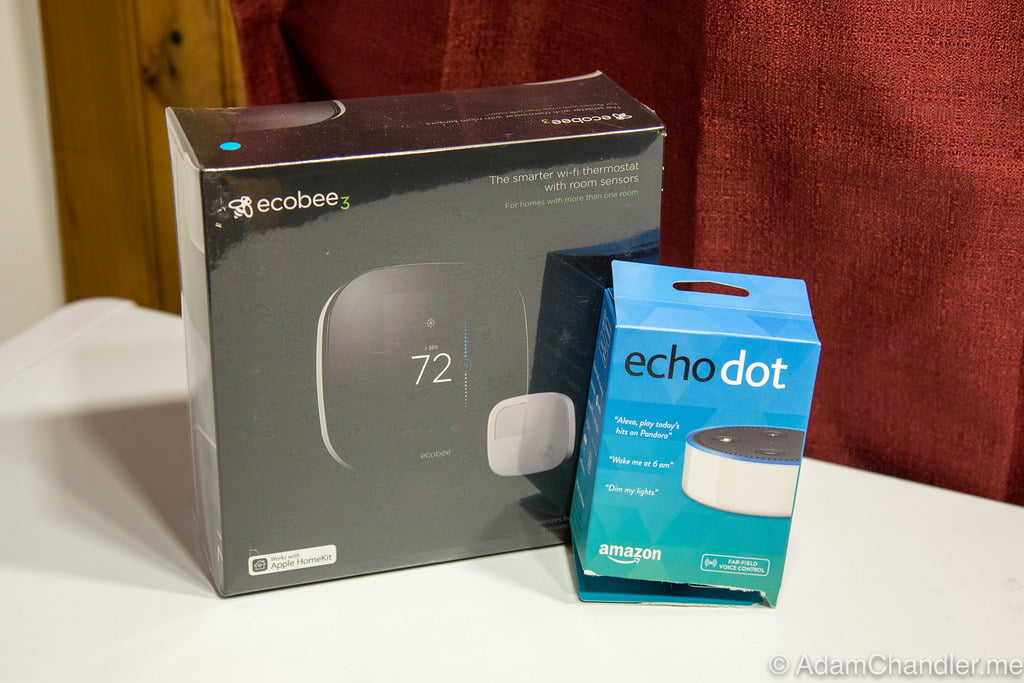
Wrapping Up
Smart thermostats offer numerous benefits, including energy savings, cost savings, convenience, and enhanced comfort. By understanding how these devices work and considering your unique needs and preferences, you can select the right smart thermostat for your home and enjoy the advantages of a more efficient and connected heating and cooling system. With the potential to save up to 10% on your annual energy bills, investing in a smart thermostat is a smart decision for your wallet and the environment.

